Jardin des quatre saisons (에버랜드 튤립가든)
19.1Km 2025-04-21
199, Everland-ro, Cheoin-gu, Yongin-si, Gyeonggi-do
+82-31-320-5000
Le Jardin des quatre saisons brille toute l'année grâce aux pouvoirs de la jardinière Lara ! Laissez-vous emporter par des vagues de fleurs envoûtantes.
Le printemps : Jardin de tulipes
Été : Jardin tropical
Automne : Fleurs d'automne
Hiver : Noël et neige
Festival d'été Everland (에버랜드 썸머워터 펀)
19.1Km 2025-04-21
199, Everland-ro, Pogok-eup, Cheoin-gu, Yongin-si, Gyeonggi-do
+82-31-320-5000
Everland Summer Splash est l'un des festivals d'été au parc Everland. Il se tient chaque année de juin à août. Il propose de nombreux programmes comme des parades, des feux d'artifice ainsi que des projections 3D durant la nuit.
Festival d'hiver d'Everland (에버랜드 Winter Wishes)
19.1Km 2025-04-21
Gyeonggi-do, Yongin-si, Cheoin-gu, Pogok-eup, Everland-ro 199
Infos tourisme Everland 031-321-9393 Everland 031-320-5000
Le festival d'hiver Everland est un festival d'hiver fantastique et romantique. Pendant cette période, les touristes peuvent profiter de diverses attractions comme le T-express, les Thunder Falls, la Lost Valley et le Safari Ride plus librement qu'en d'autres saisons, ainsi que d'une ambiance de Noël romantique. La nuit, le village s'illumine sous un thème doré, illuminant toute la région.
Bukchon-ri Dullegol (북촌리둘레골)
19.1Km 2021-03-19
44 Insadong 14-gil Jongno-gu Seoul
+82-2-747-9700
A restaurant with Korean traditional house-themed interior design. The representative menu is Korean table d''hote. This is a Korean cuisine located in Insa-dong, Seoul.
Centre d'information du Temple Stay (템플스테이 홍보관)
19.1Km 2022-09-28
56, Ujeongguk-ro, Jongno-gu, Seoul
+82-2-2031-2000
Le centre d’information du Temple Stay est situé en face du temple Jogyesa. Il est très facile de s’y rendre depuis la station Anguk (métro de Séoul ligne 3) ou depuis la rue principale du quartier Insa-dong. Il s’agit d’un complexe culturel sur 5 niveaux qui inclut les bureaux de l’organisation officielle Templestay, un centre d’information, le restaurant de nourriture du temple “Balwoo Gongyang”, le « Lotus Café » et une librairie bouddhiste au rez de chaussée.
Le centre d’information du Temple Stay au rez de chaussée vous donne toutes les informations sur les programmes Temple Stay. Il est possible d’y choisir des brochures et livrets sur les programmes et des employés pourront répondre à vos questions. Le centre d’éducation au 2ème étage propose des activités. Le 4ème étage inclut le restaurant “Balwoo Gongyang”, spécialisé dans la cuisine du temple, et où il est possible de déguster des plats minutieusement préparés par des bouddhistes pratiquants.
Gwanghwamun Deungsim (광화문등심)
19.1Km 2021-07-20
34, Jong-ro, 5-gil, Jongno-gu, Seoul
+82-2-722-2020
A restaurant that’s popular among workers for group dinners, it sells grilled meat. This Korean dishes restaurant is located in Jongno-gu, Seoul. The representative menu is grilled boneless ribs.
Spa La Spa (station de ski Konjiam Resort) (스파라스파 - 곤지암리조트)
19.1Km 2020-05-28
278, Docheogwit-ro, Docheok-myeon, Gwangju-si, Gyeonggi-do
+82-1661-8787
Situé à la station de Konjiam, le spa La Spa propose trois programmes : le Spa Bien-être, Spa Famille et le Hu Spa Palace. Le Spa Bien-être, géré par des spécialistes, offre des conseils complets sur l'exercice, la nutrition et la gestion du stress, en plus du service de spa. Le Spa Famille est composé d’une piscine intérieure, un espace thérapie et un jardin de méditation. Le Hu Spa Palace est un spa plus luxueux offrant des soins de la peau personnalisés en utilisant des herbes médicinales et des techniques Orientales de massages à la main
Palais Changdeokgung et son jardin Huwon (Jardin secret) [Patrimoine Mondial de l'UNESCO] (창덕궁과 후원)
19.1Km 2020-04-16
99, Yulgok-ro, Jongno-gu, Seoul-si
+82-2-3668-2300
Le Palais Changdeokgung est la seconde demeure royale construite après le Palais Gyeongbokgung en 1405. Changdeokgung fut le palais principal de nombreux rois pendant Joseon, et est le mieux préservé parmi les cinq palais de Joseon encore debout. Le jardin à l’arrière, autrefois lieu de détente des rois, peut se vanter d’avoir en son sein un gigantesque arbre de plus de 300 ans, un petit étang et un pavillon. Les terres du palais sont composées d’une zone publique, d’une résidence pour la famille royale ainsi que ce jardin. Le palais servit de bâtiment principal après le règne du Roi Seongjong (9ème roi de Joseon), alors que de nombreux rois l’utilisèrent comme maison d’habitation. Toutefois, il fut incendié durant l’invasion japonaise en 1592. Grâce à Gwanghaegun, le palais fut restauré en 1611 et la nature et l’art y abondent désormais, faisant de lui un endroit incontournable pour les touristes. Il est rempli de biens culturels à visiter tels que les Pavillons Injeongjeon, Daejojeon et Seonjeongjeon ainsi que Nakseonjae. En Décembre1997, le Palais Changdeokgung fut désigné Patrimoine Mondial de l’Humanité par Le Comité du Patrimoine Mondial de l’UNESCO à Naples en Italie. La jardin de Changdeokgung fut construit durant le règne de Taejong et servit d’aire de repos pour les membres de la famille royale. Il fut aussi appelé Bukwon et Geumwon, mais après le sacre de Kojong, il fut renommé Biwon. Le jardin fut préservé dans son état brut autant que possible et l’on a utilisé la main de l’homme lorsque c’en était absolument nécessaire. Buyongjeong, Buyongji, Juhabru, Eosumun, Yeonghwadang, Bullomun, Aeryeonjeong et Yeongyeongdang sont quelques pavillons et fontaines situés dans ce jardin. La meilleure des saisons en ce qui concerne les visites est sans conteste l’automne, lorsque les feuillages sont à leur apogée et que les feuilles commencent à tomber. Il s’agit d’un des endroits que les « Premières Dames du G20 de Séoul » ont visité durant l’évènement en Novembre 2010. Cette destination représente la beauté de la Corée.
Le palais Changdeokgung et son jardin Huwon (창덕궁과 후원 [유네스코 세계문화유산])
19.1Km 2025-07-25
Seoul, Jongno-gu, Yulgok-ro 99
+82-2-3668-2300
Le palais Changdeokgung est le deuxième palais royal construit durant la dynastie Joseon après le palais Gyeongbukgung (1405). Il s'agissait du palais de résidence principal pour beaucoup de rois durant l'ère Joseon, il est considéré comme le palais le mieux préservé des cinq palais royaux. Le site est constitué d'une place publique, d'un bâtiment pour la famille royale et d'un jardin. Connu comme un palais de repos pour les rois de la période, le jardin du palais abrite notamment un arbre géant de plus de 300 ans, un petit étang et un pavillon.
Le palais a été brûlé par des citoyens en colère en 1592 lors de la période d'invasion de la Corée par le Japon. Avec l'intervention de Gwanghaegun, le palais fut restauré en 1611. Encore aujourd'hui, le palais abrite nombre de trésors culturels importants comme le hall Injeongjeon, le hall Daejojeon, le hall Seonjeongjeon, et Nakseonjae.
Le jardin 'Huwon' du palais a été construit durant le règne du roi Taejong et servait de lieu de repos pour les membres de la famille royale. Le jardin n'a été que très peu modifié depuis sa création. La meilleure période pour apprécier le jardin est l'automne (fin septembre, début octobre), le site permet en effet d'admirer de très beaux feuillages d'automne.
Le palais Changdeokgung a été classé au patrimoine culturel de l'Unesco en décembre 1997 (comité de Naples).
Le palais a notamment été sélectionné comme lieu de visite pour les épouses de président durant le sommet Seoul G20 (novembre 2010).
Sarangchae (사랑채)
19.1Km 2016-12-30
6, Insadong 16-gil, Jongno-gu, Seoul
+82-2-737-1155
Sarangchae is located in Insa-dong, one of the most famous neighborhoods visited by tourists. Majority of the restaurant's customers are foreigners, and they offer reasonably priced Korean dishes that are highly popular among foreign visitors.
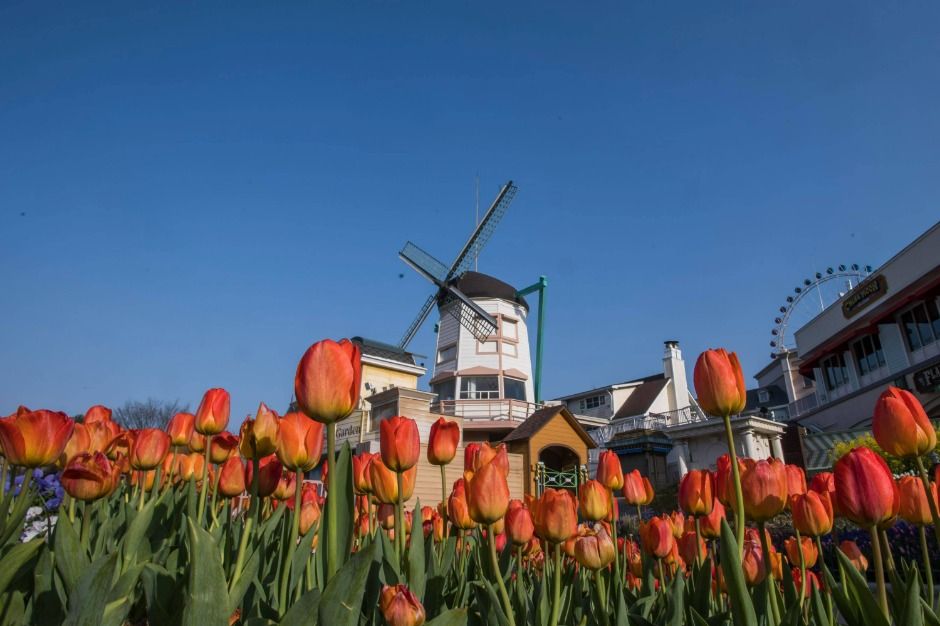
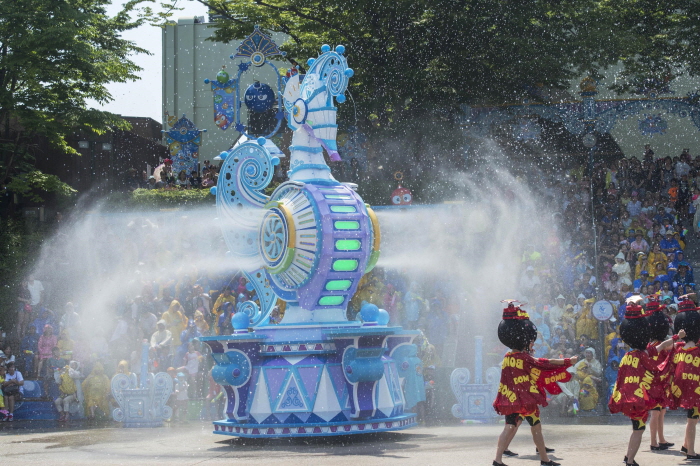
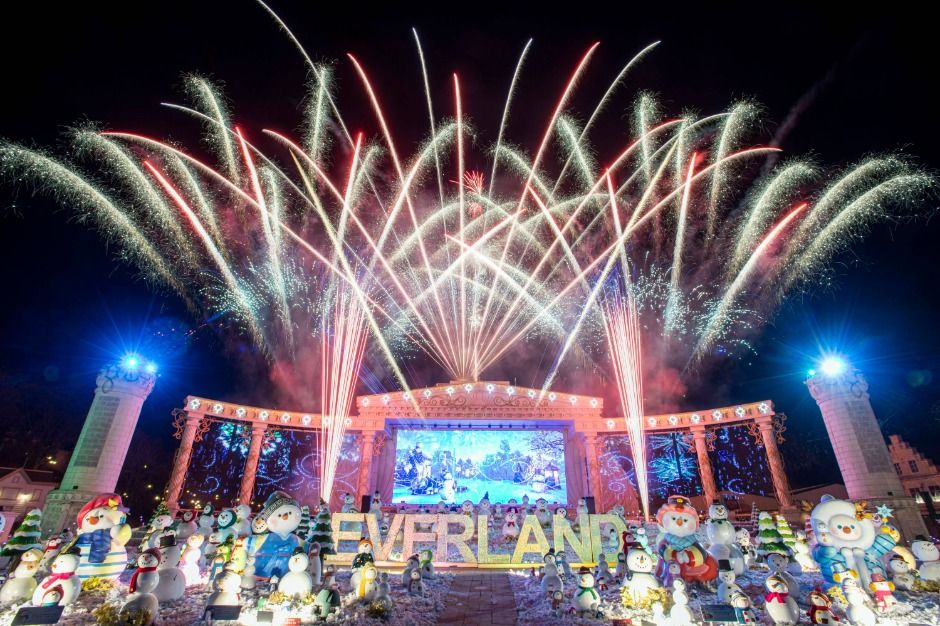
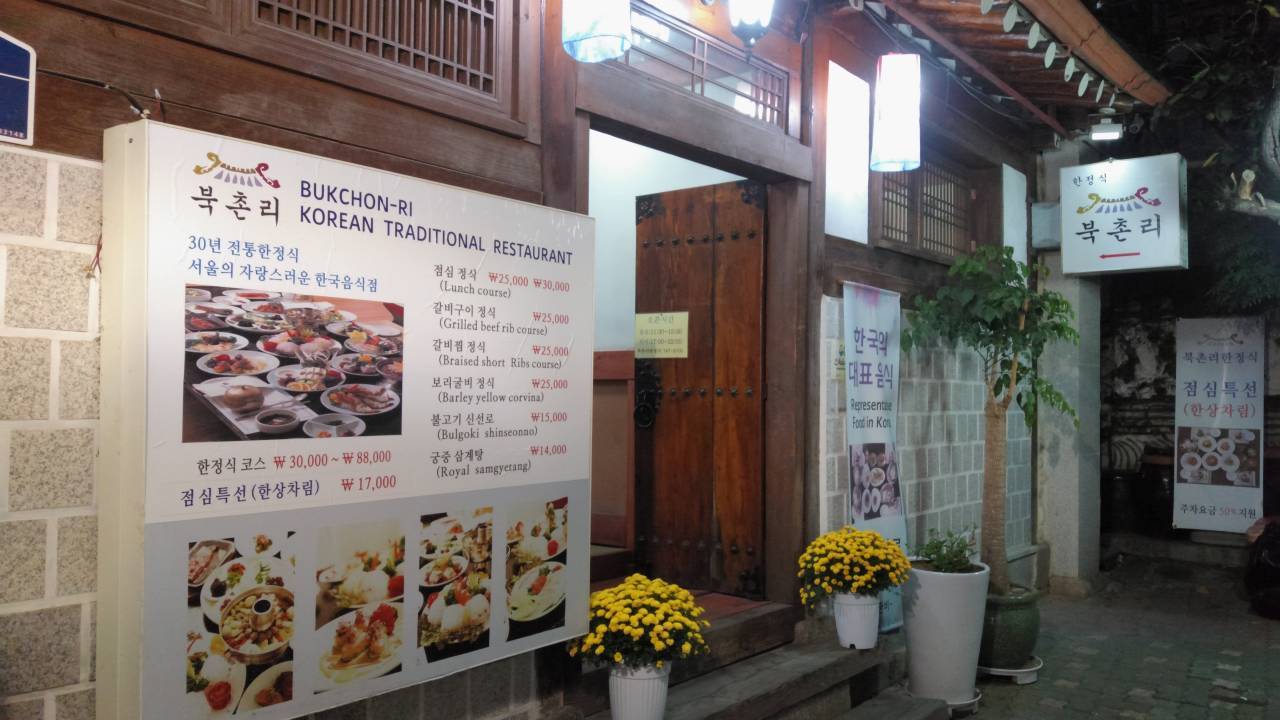

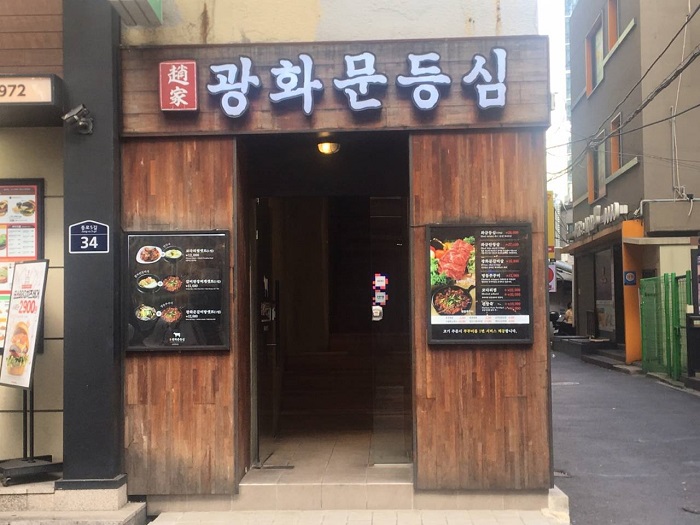
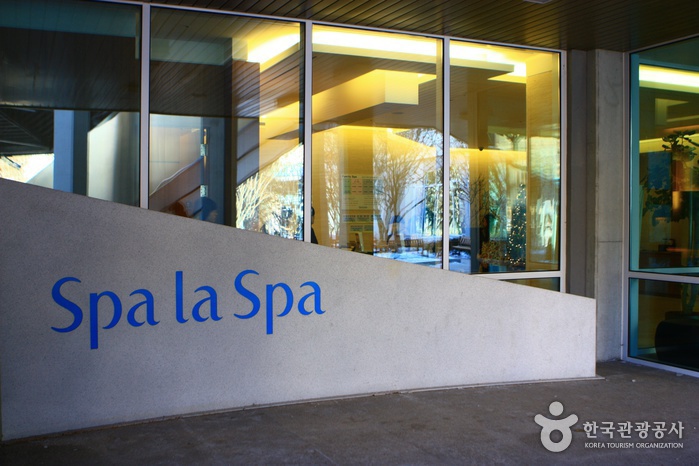
![Palais Changdeokgung et son jardin Huwon (Jardin secret) [Patrimoine Mondial de l'UNESCO] (창덕궁과 후원)](http://tong.visitkorea.or.kr/cms/resource/31/654531_image2_1.jpg)
![Le palais Changdeokgung et son jardin Huwon (창덕궁과 후원 [유네스코 세계문화유산])](http://tong.visitkorea.or.kr/cms/resource/50/2678650_image2_1.jpg)
 Français
Français
 한국어
한국어 English
English 日本語
日本語 中文(简体)
中文(简体) Deutsch
Deutsch Español
Español Русский
Русский